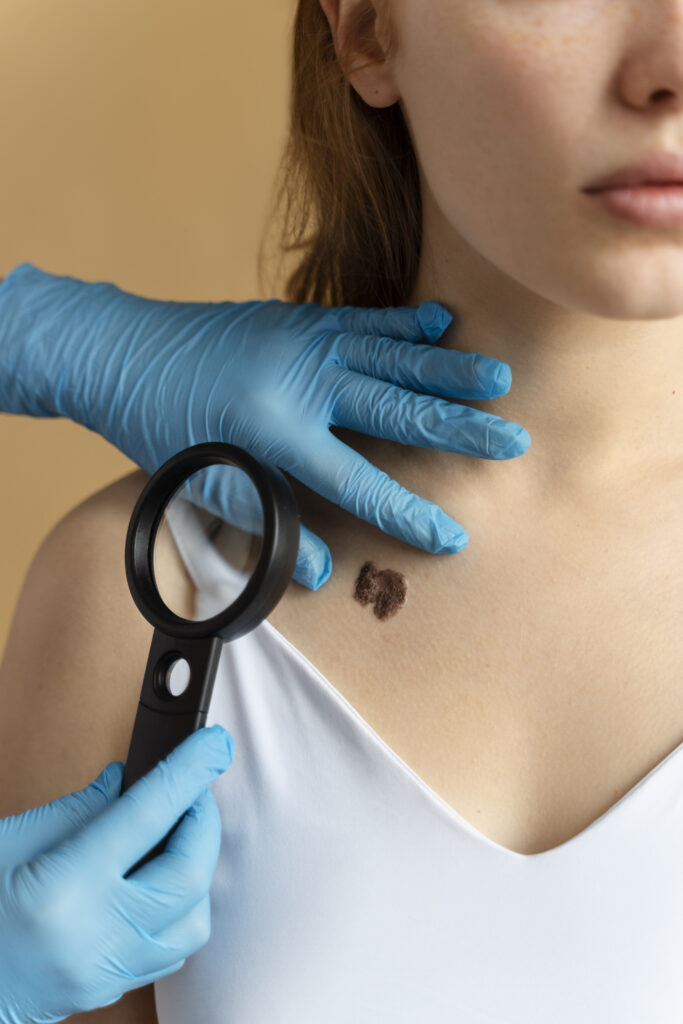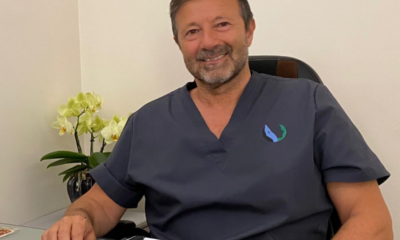Medical doctors and Surgeons
Melanoma: early diagnosis and innovative therapies
Melanoma is one of the most severe forms of skin cancer, with an increasing trend in recent years. According to AIRTUM, the Italian Cancer Registry Association, 14,900 cases were diagnosed in Italy in 2020 alone, with a calculated risk of developing melanoma at 1.5% for men and 1.2% for women.
Professor Emilia Migliano, head of the plastic surgery department at San Gallicano Hospital in Rome, discusses the work carried out at the Regina Elena National Cancer Institute (IFO), focusing on skin cancer treatment, particularly melanoma. «At IFO, we primarily deal with oncological surgery of the skin and mucous membranes. We are a national reference centre for melanoma care and treatment, in addition to international collaborations on rare solid tumours in adults», she explains.
The professor adds, «Among the Italian population, it is the second most common cancer in men under fifty and the third most common in women of the same age group».
One of the most complex aspects of this disease is its location, which varies by gender: «In men, melanoma most frequently appears on the torso, while in women, it is more common on the lower limbs», she reports. Moreover, melanoma can arise in very rare areas such as mucous membranes and the genitals, accounting for only 1% of all melanomas.
Early diagnosis and new therapies
One of the key aspects of treatment is early diagnosis, which allows for a better prognosis and a more effective therapeutic approach. The doctor emphasises that at IFO, patients often come from other regions with already locally advanced melanomas.

Surgical treatment plays a fundamental role, especially concerning the thickness of the melanoma. «Consider that if the thickness exceeds four millimetres, there is a 60% chance of finding positive lymph nodes», she explains. For this reason, sentinel lymph node diagnosis is crucial. «Once we understand the type of melanoma, we can better assess the staging compared to a CT scan».
In recent years, there have been significant advances in therapy. Since 2017, the introduction of new drugs has greatly reduced the number of radical lymphadenectomies, which are particularly debilitating operations for patients. «We’ve conducted more accurate studies on histology, looking for genetic mutations», Migliano continues. The search for mutations has led to the introduction of targeted therapy, a treatment designed to address specific genetic alterations in the tumour. Furthermore, for cases that do not respond to targeted therapy, immunotherapy offers a valid alternative.
Melanoma and pregnancy: a delicate balance
A particularly complex aspect is the treatment of melanoma during pregnancy. «One-third of women of childbearing age diagnosed with melanoma risk developing it during pregnancy», Migliano states. During the period, hormonal changes and lymphangiogenesis, related to the presence of the foetus, can influence the progression of the disease. In such cases, a shared decision between surgeons, gynaecologists, and oncologists is crucial to determine the best timing for surgery or to consider early delivery, if necessary.
Multidisciplinary collaboration against melanoma
One of the key elements in tackling melanoma is collaboration between specialists. «We discuss the most serious cases in multidisciplinary teams, involving oncologists, radiologists, dermatologists, and other experts», explains Professor Migliano.

Melanoma presents a growing challenge for medicine, but thanks to advances in diagnosis and therapies, the chances of treatment are improving.
The focus on personalised care, multidisciplinary collaboration, and the introduction of targeted therapies are opening new avenues for the treatment of this complex cancer.
«We aim to personalise care as much as possible, ensuring both aesthetic and functional reconstruction, even in the most challenging locations», concludes the professor.



































